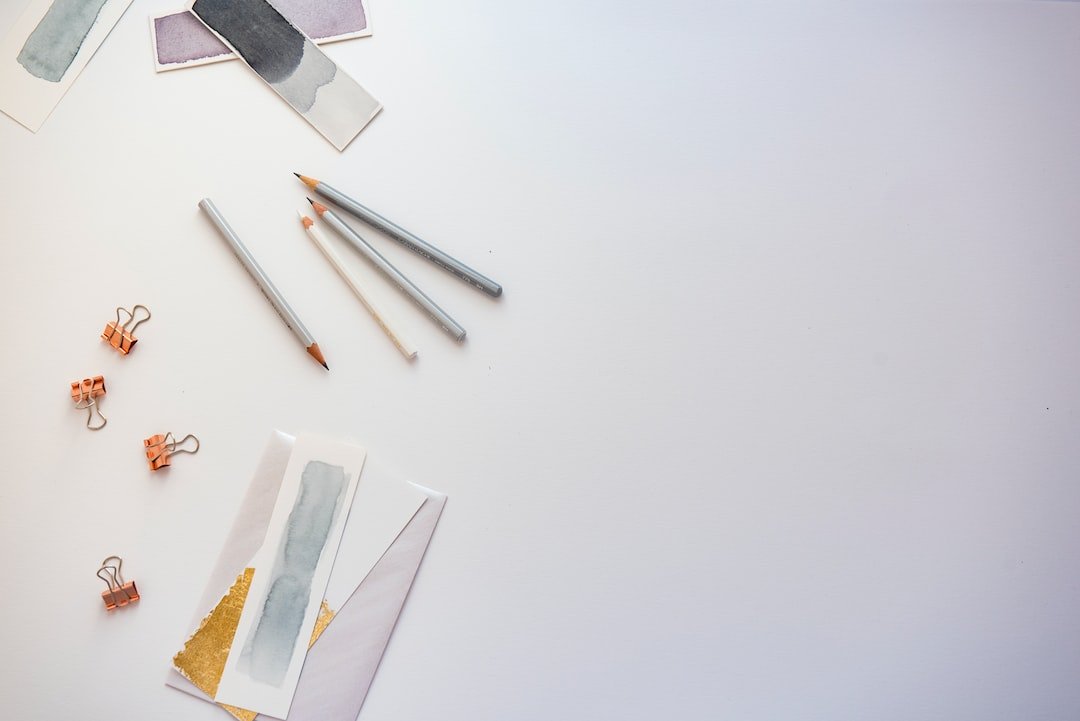Fashion Design as an Art Form: Blurring the Lines
Art and fashion have always had a symbiotic relationship. Throughout history, fashion designers have taken inspiration from various art movements, blurring the lines between fashion and art. In recent years, the boundaries between the two have become even more blurred, with fashion designers using their collections as a canvas for creativity and self-expression.
Fashion design is no longer limited to creating garments to be worn; it has evolved into an art form in its own right. Designers are no longer just concerned with functionality and trends; they are pushing boundaries and challenging our preconceived notions of what fashion can be.
One of the ways in which fashion is blurring the lines with art is through the use of unconventional materials. Designers are experimenting with materials such as plastic, metal, and even everyday objects to create avant-garde pieces that resemble works of art. A dress made entirely out of recycled plastic bottles or a coat made from old computer chips may not be practical or comfortable to wear, but they make a powerful statement about environmentalism and consumerism.
Another way in which fashion design is crossing over into the realm of art is through the use of innovative techniques and craftsmanship. Designers are using traditional techniques such as embroidery and beading, but also exploring new digital technologies and 3D printing to create intricate and visually stunning designs. Fashion shows have become spectacles, with elaborate runway sets, choreography, and storytelling, transforming the shows into immersive art experiences.
Fashion designers are also collaborating with artists to bring their creations to life. Collaborations between fashion houses and artists such as Yayoi Kusama, Takashi Murakami, and Jeff Koons have resulted in iconic collections that fuse fashion and art seamlessly. These collaborations not only bring art to a wider audience but also provide a new platform for artists to express themselves.
Moreover, fashion designers are now using their collections to make social and political statements. They are tackling important issues such as gender, equality, and identity through their designs. Fashion shows have become platforms for activism, with designers using their collections as a form of protest or to raise awareness about specific causes. Designers are challenging societal norms and promoting inclusivity through their diverse casting choices and by featuring models of different ages, sizes, and ethnicities.
The blurring of lines between fashion and art has also opened up new avenues for fashion designers. They are no longer confined to creating ready-to-wear collections; they are now creating one-of-a-kind pieces that are exhibited in museums and galleries. Fashion exhibitions are becoming increasingly popular, showcasing the creativity and craftsmanship behind the designs. The lines between fashion and art are so blurred that fashion designers are often referred to as artists themselves.
The blurring of lines between fashion and art is an exciting development in the creative world. It allows for a greater exploration of self-expression, a merging of different art forms, and a redefinition of what fashion can be. Fashion design is no longer simply about creating clothes; it is about creating a visual narrative, challenging norms, and evoking emotions. It has become a dynamic and ever-evolving art form that continues to inspire and captivate us.

